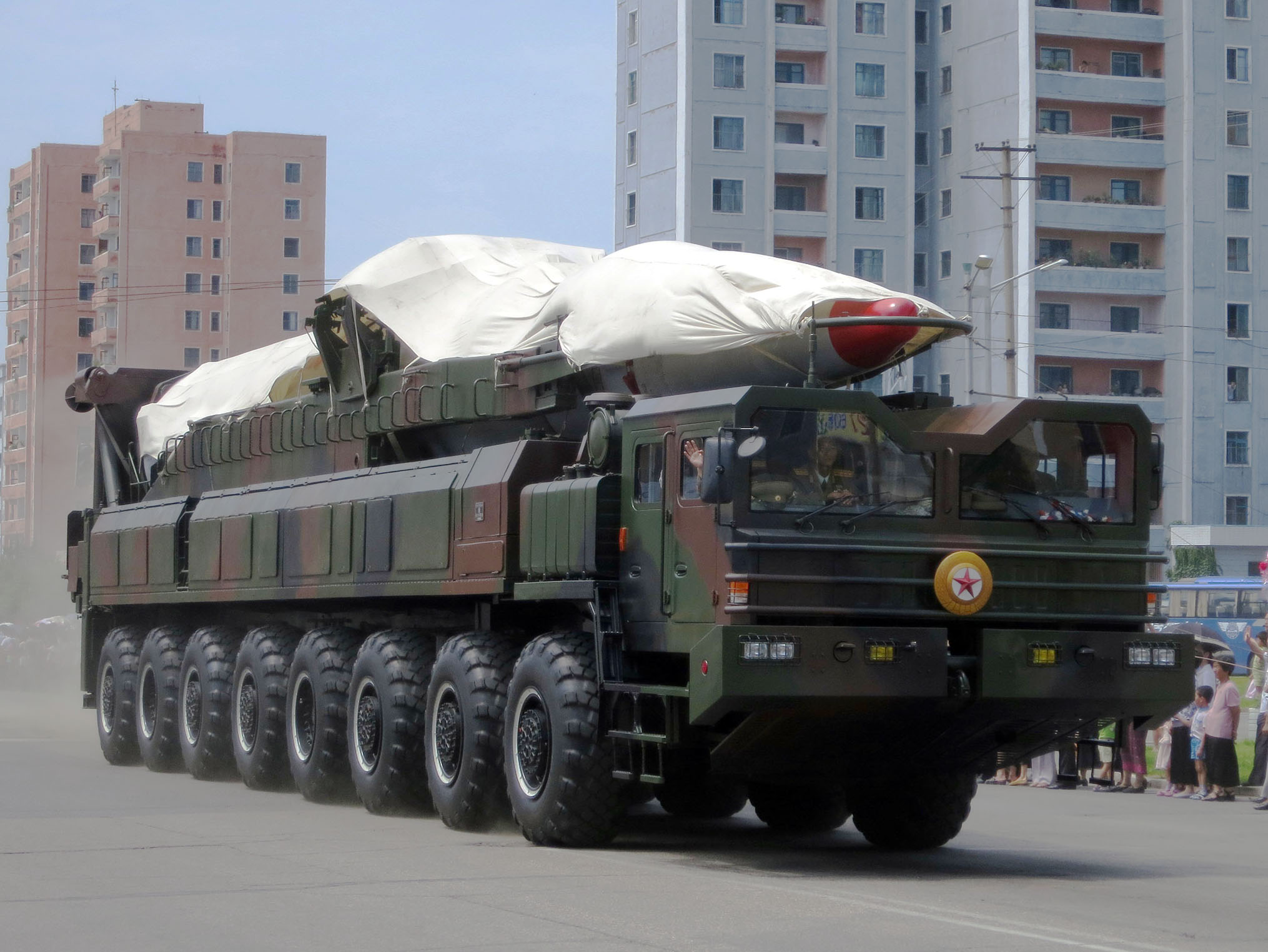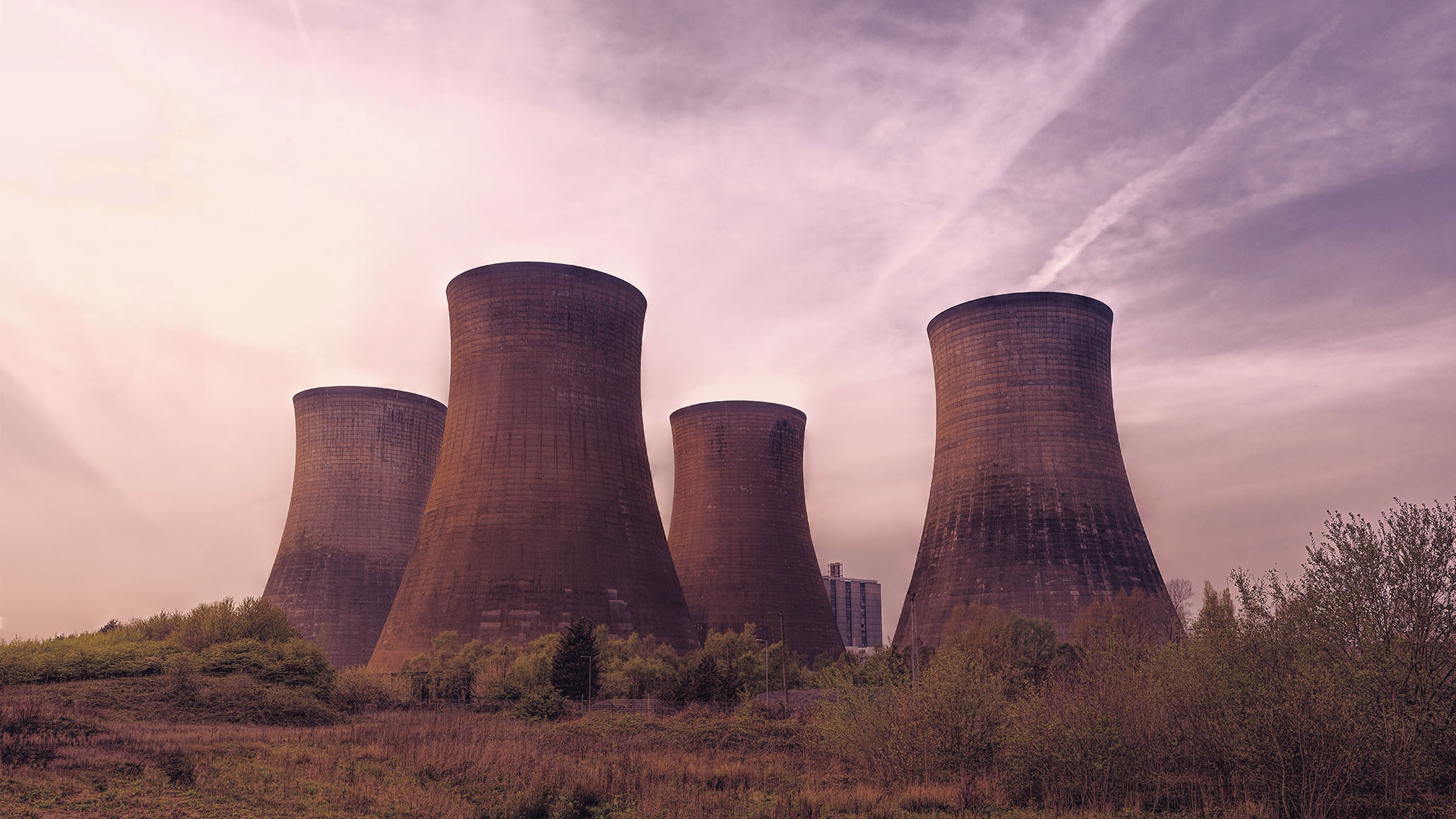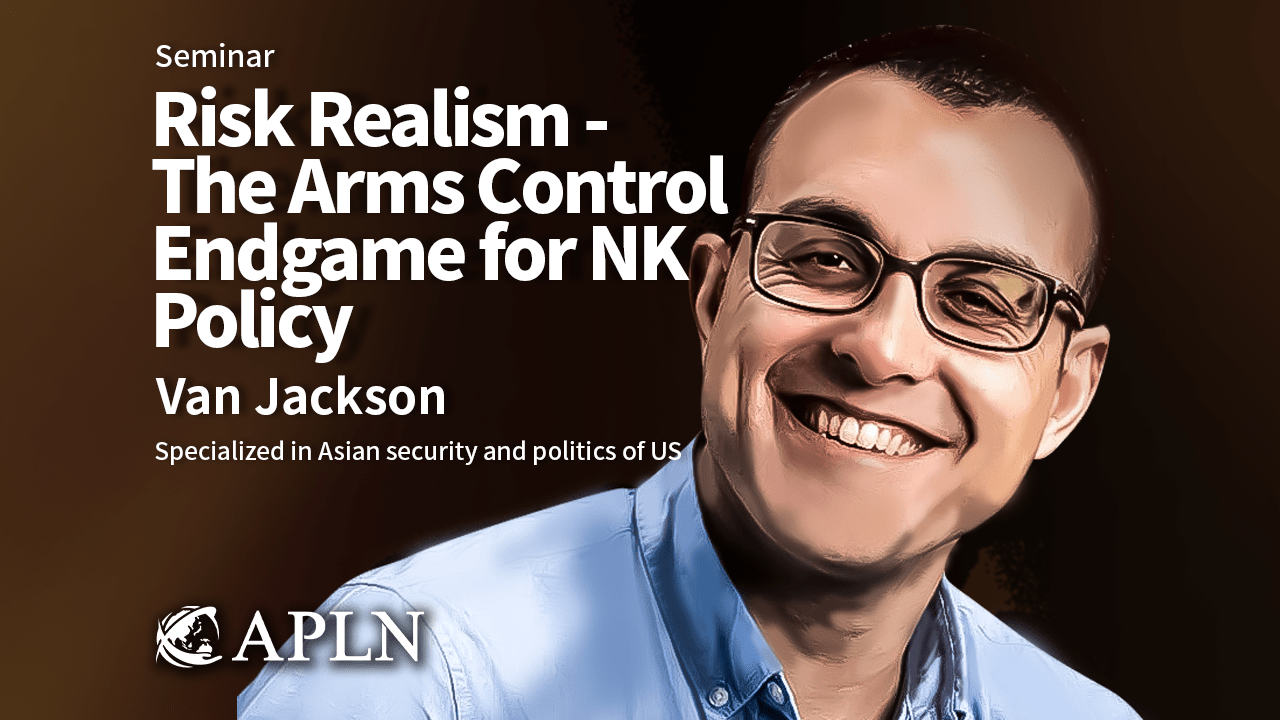North Korea and NPT: Who Will Blink First?
The Korea Times Column
Ramesh Thakur, November 27, 2019
In 2025, will the DPRK be a denuclearized state back within the Nuclear Non-Proliferation Treaty (NPT) fold as a member in good standing; a post-atomic wasteland the likes of which we have not seen before; or will the NPT itself be on life support with the DPRK accepted as a de facto nuclear-armed state?
The pathways to a catastrophic Korean war include a fatal miscalculation in the instrumental recourse to brinksmanship by both sides. U.S. threats could spook Kim Jong-un into launching a pre-emptive attack; Kim’s serial provocations could incite a South Korean or U.S. military response that creates an unstoppable escalation spiral; or there could be a variant of the accidental route to a nuclear war imagined so realistically by U.S. expert Jeffrey Lewis in the 2020 Commission Report.
The world is at a nuclear inflection point. In 2020 the five-yearly review conference will mark the 50th anniversary of the NPT entering into force at a time when intensifying nuclear threats have put its viability under growing strain.
The acrimonious intergovernmental meetings in preparation for the review conference suggest there is some risk that the conference will fail and jeopardize the very survival of the NPT. That would be a tragedy, for the treaty remains vital to the security interests of all states, including non-parties like India, for all countries have an existential stake in the maintenance of nuclear peace.
There are three structural threats to the NPT and three specific challenges the conference will have to confront in April-May in New York. The contextual threats are first, all nine nuclear-armed states are engaged in expanding, modernizing and up-grading their arsenals and investing in growing cyber, artificial intelligence and other technological capabilities.
Second, the arms control architecture is crumbling as existing pacts fall by the wayside one by one. And third, nuclear-tipped belligerent rhetoric from American, Russian, British, North Korean, Indian and Pakistani leaders have steadily normalized the nuclear discourse with respect to possession and threats of use of nuclear weapons.
The three concrete challenges that delegates at the NPT conference will have to address are: the unravelling of the six-party 2015 nuclear deal that had effectively checked Iran’s nuclear weapon ambitions; the attempt by two-thirds of the international community to complete the NPT’s Article VI disarmament agenda by adopting a supplementary U.N. nuclear ban treaty in July 2017; and the DPRK nuclear crisis.
Asia ― and only Asia ― contains states with the full spectrum of nuclear weapons status in relation to the NPT. Although Russia and the U.S. also have massive geographical footprints in the Pacific, China is Asia’s only NPT-recognized nuclear weapon state (NWS), and also the sole Asian permanent member of the U.N. Security Council which functions as the global enforcement authority in the maintenance of nuclear peace and security.
The vast majority are non-NWS parties of the NPT. Australia, Japan and South Korea are non-NWS that depend for their national security on the extended deterrence of U.S. nuclear weapons. Two of the world’s three non-NPT nuclear-armed states (India, Israel, Pakistan) are Asian.
North Korea is unique in relation to the non-proliferation regime as the world’s sole NPT defector state that was a party, quit the NPT and weaponized its nuclear program with nuclear tests between 2006―17, along with scores of ballistic missile tests. The world has grudgingly accepted the reality of the three non-NPT nuclear-armed states. Because they never signed the NPT, their status damages the global non-proliferation order but does not violate the NPT.
By contrast any acceptance of the DPRK as a de facto nuclear-armed state would tear an irreparable hole at the very center of the NPT regime and put it on life support. This could also trigger a cascade of proliferation throughout the sub-region, with the sole exception of Mongolia which has enshrined its nuclear-free status in national legislation.
The DPRK regime is not suicidal. Kim knows any use of his nuclear weapons would guarantee a massive retaliation and destruction of North Korea. But the communist dynastic dictatorship is a criminal regime that has committed acts of aggression against the ROK; acts of state criminality to abduct Japanese citizens; and acts of state terrorism in neighboring states.
Sanctions have proven ineffective in curbing North Korea’s nuclear program. A war would be catastrophic in its casualty toll for all Koreans and Japanese, plus Americans stationed and living in the region.
The two most realistic pathways to DPRK denuclearization are a peace regime on the Korean Peninsula first that paves the way through trust-building to elimination of all nuclear weapons and infrastructure; or a global agreement to eliminate all nuclear weapons in a phased and responsible manner. Because neither is likely in the foreseeable future, we can expect the NPT conference to muddle through rather than solve the DPRK nuclear challenge.
About the Author
Ramesh Thakur is emeritus professor at the Australian National University, director of the Centre for Nuclear Non-proliferation and Disarmament, and a former United Nations assistant secretary-general. He is a board member of the Asia-Pacific Leadership Network for Nuclear Non-Proliferation and Disarmament (APLN) and a fellow of the Australian Institute of International Affairs. The Korea Times publishes his article in cooperation with the APLN (www.apln.network).
This article was first published in The Korea Times on 27 November 2019 and is part of dedicated, regular Korea Times column with analysis by APLN members on global issues: http://www.koreatimes.co.kr/www/opinion/2020/10/197_279366.html.
Disclaimer: The opinions articulated above represent the views of the author(s) and do not necessarily reflect the position of the Asia Pacific Leadership Network or any of its members. The APLN’s website is a source of authoritative research and analysis and serves as a platform for debate and discussion among our senior network members, experts and practitioners, as well as the next generation of policymakers, analysts and advocates. Comments and responses can be emailed to apln@apln.network.
Image: Wikimedia Commons.



